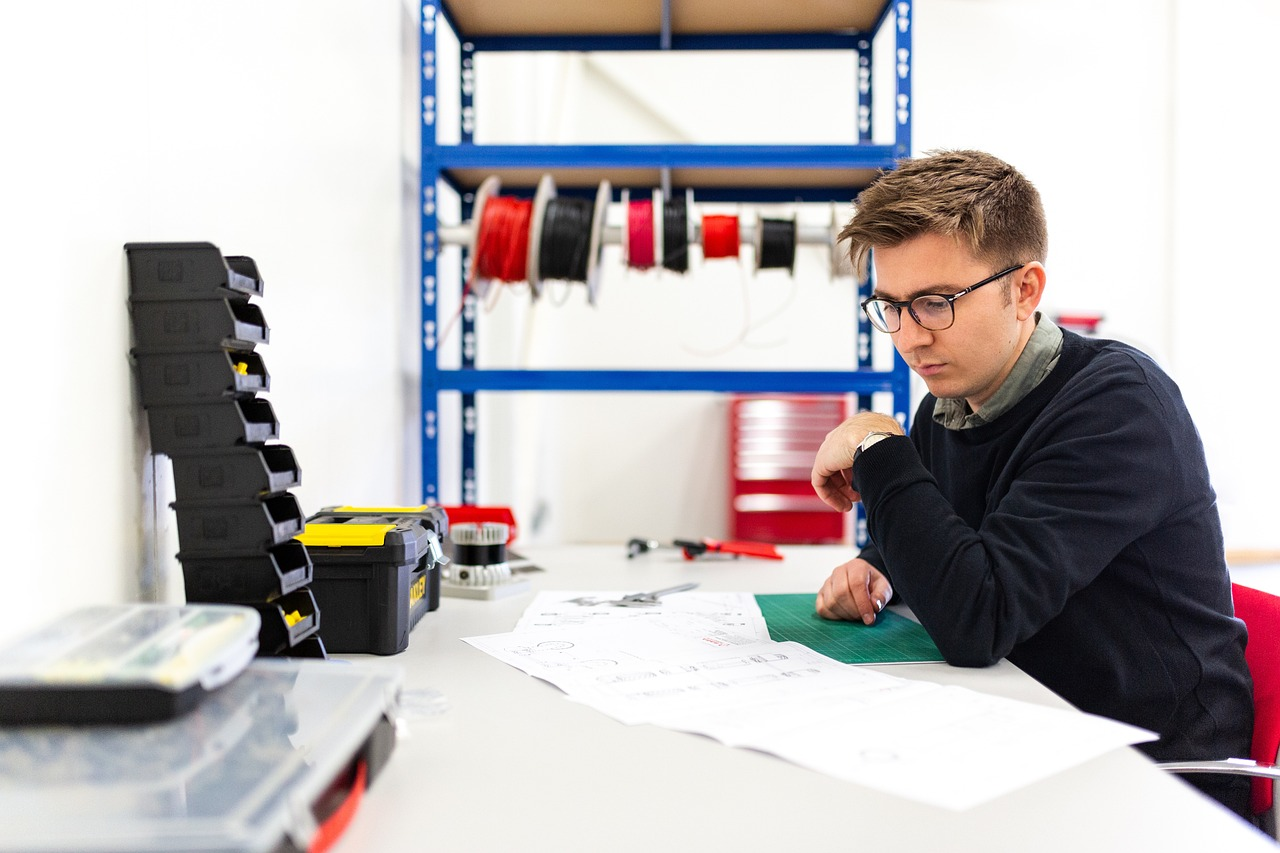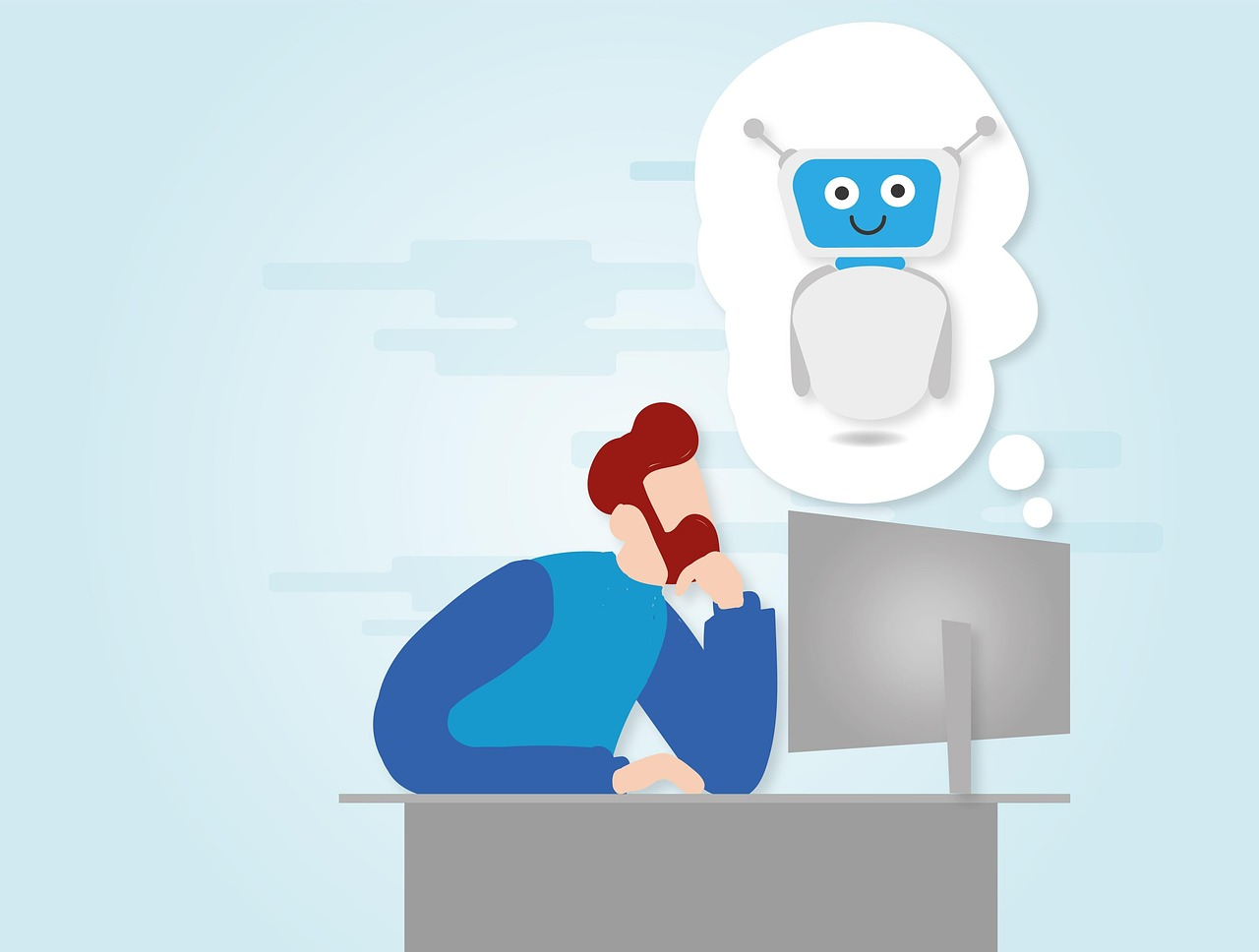From Craft to Code: AI-Driven Prompt Design Systems
2. From Craft to Code: AI-Driven Prompt Design Systems
Artificial Intelligence is no longer a playground experiment. It’s the backbone of business operations, customer service, product innovation, and even creative industries. But beneath every AI-powered product lies a fragile foundation: the prompt.
For a while, prompt engineering felt like an artform—clever tinkerers trading “magic words” to make chatbots sharper or generators more creative. It worked for demos, but broke down in the real world. One-off hacks couldn’t survive shifting models, scaled teams, or enterprise demands. What impressed in the lab collapsed in production.
And here’s the truth: the world doesn’t run on hacks. If AI is to become real infrastructure, prompts must evolve from tricks to systems.
This is where Prompt Design Systems (PDS) step in.
Just as software engineering matured into DevOps, prompting is maturing into a discipline that makes AI reliable, measurable, and repeatable. PDS means:
Shared libraries of prompts that teams can trust across roles and products.
Version control to adapt when models change and track what works.
Built-in testing to measure accuracy, speed, and performance.
Automation that tunes prompts for efficiency without endless tweaking.
For decision-makers, this isn’t just a technical upgrade—it’s about turning creativity into infrastructure. Every prompt, every response becomes consistent, auditable, and business-ready.
And here’s the competitive edge: while most companies are still trading in “magic words,” the few who adopt structured systems early are the ones who will own the future.
Table of Contents
2.1 Why Ad-Hoc Prompt Engineering No Longer Works in AI Products
In the beginning, “prompt engineering” felt almost like a craft. Teams would experiment with phrasing, discover a trick that worked once, and hold onto it like a trade secret. But while these ad-hoc methods were fun in the lab, they quickly broke down in real-world business settings.
Here’s why:
Inconsistent results mean lost trust
Ask the same question twice, and you could get wildly different answers. That unpredictability might be amusing in a demo, but for industries like healthcare, finance, or customer support, inconsistency translates into real risk.Knowledge gets trapped in silos
Often, a single engineer or team member became the “prompt whisperer.” Their notebook of tricks was valuable—until they moved roles or left the company. Without shared systems, organizations kept reinventing the wheel.High costs, fragile systems
Every time a model upgraded—say from GPT-3.5 to GPT-4—custom prompts broke. Teams had to spend days (or weeks) reworking them, driving up costs and slowing innovation.
In short, ad-hoc prompting is like running a factory without assembly lines. You can still produce something, but every output depends on individual effort and improvisation. The results are inconsistent, quality control is nearly impossible, and scaling production becomes chaotic.
Just as factories introduced assembly lines to bring order, repeatability, and efficiency, AI needs structured systems for prompting. Without them, businesses are stuck with fragile hacks—useful for experiments, but unreliable for enterprise-scale operations
2.2 Defining Prompt Design Systems in the AI Context
So, what’s the solution? Enter Prompt Design Systems (PDS) — a new layer of AI-native infrastructure built for scale and trust.
Think of a PDS as the operating system for prompts. In the same way software engineering matured with Git, Jenkins, and Kubernetes, prompt engineering now needs its own toolkit—one designed to replace one-off hacks with repeatable systems.
The Core of a PDS
Prompt Libraries – A central “source of truth” where prompts are stored, tagged, and shared like reusable assets.
Version Control – Full history tracking to prevent “prompt drift” and adapt quickly when models change.
A/B Testing Frameworks – Measuring effectiveness in real user journeys, not just gut instinct.
Automatic Optimization – Algorithms that fine-tune prompts for efficiency and reliability at scale.
Where PDS Makes the Difference
Enterprise AI Apps – Banks, insurers, and Fortune 500s can’t afford hallucinations or inconsistent advice.
Autonomous Agents – Multi-step reasoning requires testable prompts to prevent cascading failures.
Large-Scale GenAI APIs – SaaS providers serving thousands of customers need prompts that adapt and improve continuously.
At its heart, a PDS gives AI teams the same structure software engineers have relied on for decades. Instead of scrambling to remember “what worked last time” or hoping a model update doesn’t break everything, teams gain clarity, consistency, and confidence.
This isn’t about removing creativity—it’s about ensuring that creativity can scale, be shared, and stick. Just as great design systems keep brands recognizable, Prompt Design Systems keep AI reliable. And in a world where trust is the new currency, that reliability becomes the real breakthrough.
And here’s the catch: very few companies are building this way today. For those who do, PDS isn’t just an upgrade—it’s a competitive edge.
2.3 From “Craft” to “Code” – The Industrialization of Prompts
The story is familiar. In the early internet, building websites was an artisanal craft. Developers wrote HTML line by line—clever, unique, but brittle. Then came CSS frameworks, CMS platforms, and automated pipelines, transforming web design into a scalable, repeatable discipline.
Prompting is on the same path. What began as clever hacks in notebooks must now become a discipline—with standards, governance, and automation.
Soon, PromptOps will be as recognized as DevOps. Companies will have PromptOps engineers, dedicated tooling, and monitoring dashboards to keep AI reliable at scale.
Why this shift matters:
Cost Efficiency – With GenAI adoption skyrocketing, inefficient prompts translate directly into wasted tokens and slower results. Optimized prompts bring costs down while scaling output.
Compliance & Regulation – As AI oversight tightens, organizations will need audit trails and transparent histories. A Prompt Design System delivers the traceability regulators will demand.
Competitive Edge – Early adopters of PDS will iterate faster, deliver smarter AI products, and pull ahead of competitors stuck in trial-and-error mode.
The era of hand-crafted, trial-and-error prompting is fading. What once felt like playful experimentation is now a bottleneck. Moving from “craft” to “code” doesn’t kill creativity—it builds the scaffolding that lets it stand tall.
Just as software engineering matured with version control and DevOps, prompting will mature with systems, standards, and automation. The organizations that recognize this shift today will be the ones setting the pace tomorrow—turning prompt chaos into prompt infrastructure and unlocking AI’s full potential.
We are entering the age of PromptOps.
Just as no software team today would dream of coding without GitHub or CI/CD pipelines, no serious AI team will rely on ad-hoc prompting five years from now. Instead, they’ll rely on:
Internal Prompt Registries to track every experiment.
Testing & Monitoring Frameworks to benchmark reliability.
Optimization Engines to evolve prompts automatically.
In short, prompts will stop being “clever hacks” and start being managed assets.
If your organization is still running on one-off hacks, you’re stuck in the garage era of AI. The future belongs to those who treat prompts as code—systematic, testable, and scalable.
2.4 Building the Foundation for Enterprise AI
Every major shift in technology eventually reaches a tipping point. For AI, that moment is happening now—and prompts are at the center of it. Businesses that once dabbled with “prompt hacks” are discovering that to integrate AI into their workflows truly, they need structure, reliability, and scale.
Prompt Design Systems are becoming that foundation. They don’t replace creativity—they protect it, turning clever ideas into durable assets that teams can build on. With testing pipelines, libraries, and governance in place, prompts stop being fragile experiments and start behaving like dependable business tools.
For leaders, the decision is straightforward: continue relying on scattered hacks, or invest in systems that deliver consistent results across teams and departments. Those who choose the latter aren’t just keeping pace with AI—they’re defining the standards others will follow.
The opportunity lies in acting early. Much like DevOps reshaped how enterprises approached software, PromptOps is set to become the baseline expectation for AI. Organizations building that foundation today will have the advantage of speed, efficiency, and credibility tomorrow.
Contributor:

Nishkam Batta
Editor-in-Chief – HonestAI Magazine
AI consultant – GrayCyan AI Solutions
Nish specializes in helping mid-size American and Canadian companies assess AI gaps and build AI strategies to help accelerate AI adoption. He also helps developing custom AI solutions and models at GrayCyan. Nish runs a program for founders to validate their App ideas and go from concept to buzz-worthy launches with traction, reach, and ROI.
Contributor:

Nishkam Batta
Editor-in-Chief - HonestAI Magazine
AI consultant - GrayCyan AI Solutions
Nish specializes in helping mid-size American and Canadian companies assess AI gaps and build AI strategies to help accelerate AI adoption. He also helps developing custom AI solutions and models at GrayCyan. Nish runs a program for founders to validate their App ideas and go from concept to buzz-worthy launches with traction, reach, and ROI.
Unlock the Future of AI -
Free Download Inside.
Get instant access to HonestAI Magazine, packed with real-world insights, expert breakdowns, and actionable strategies to help you stay ahead in the AI revolution.







